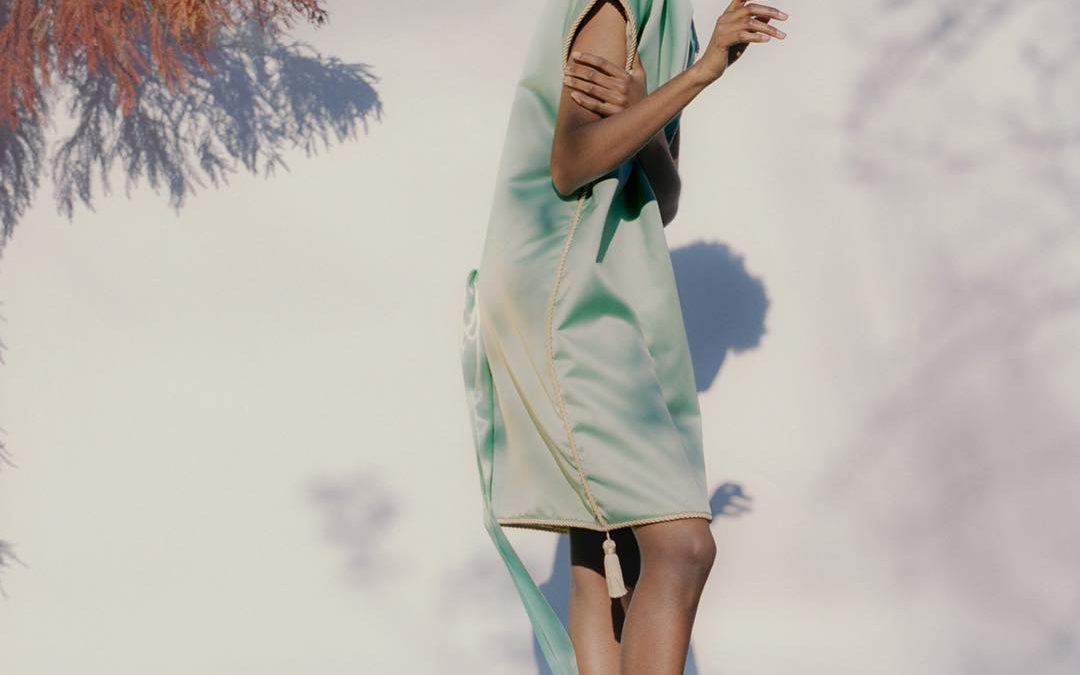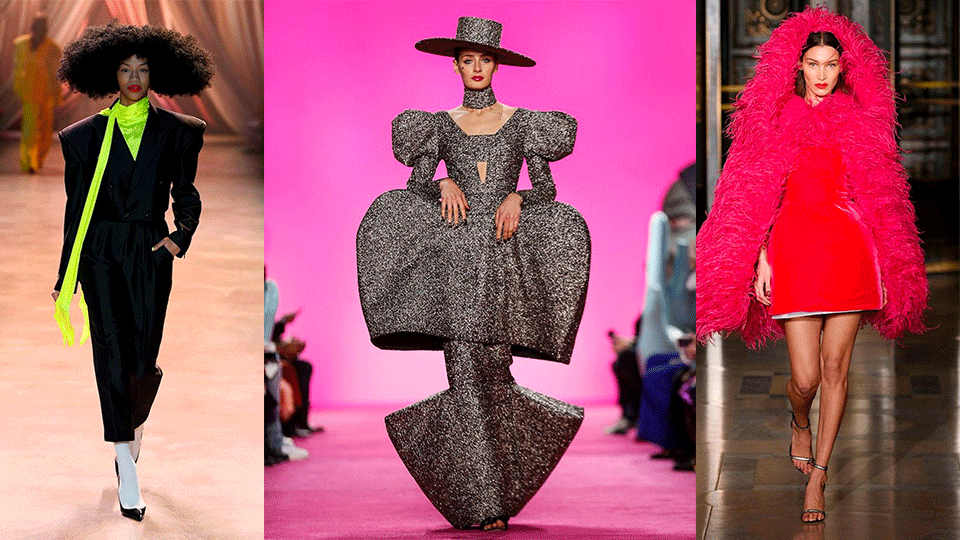- À New Wave to Fashion, À New Way of Living. Download Now on iOS Android Canada SS22
- hello@alahausse.ca
The #HAUSSEPEOPLE GUIDE TO Fashion Minimalism – And A Happier Life

DIY’s to Upcycle & Revamp Clothes You Already Own
March 5, 2021
Trendy TikTok Fashion Trends You Gotta Try
March 12, 2021
Written by: Lori Fan, Edited by: Sheila Lau
Have you ever thought about what the future of our world will be like? In fact, take a moment right now, close your eyes and picture a beautiful future in your mind. Maybe it’s the colors, the energy, or maybe it’s the smells, the sounds. Focus less on the clarity of the image but rather more of the feeling that it brings to your mind — Will humanity unite to overcome the devastating effects of climate change? Will current ecological disasters be a catalyst to promote earthly security and harmony in the future? Imagine that bright future where human and nature do, indeed, exist together peacefully.
Now, back to reality. That beautiful picture of the future you’ve just painted in your mind is a hope that can only be grown in the present to bloom in the future. ÀLA.HAUSSE would like to introduce you to fashion minimalism. An external and internal guide to not only help you declutter your closet and turn them into “clossets”(aka clothing assets), but also to understand the true way of living a happier life and a brighter future.

What is fashion minimalism?
When it comes to the topic of being a fashion minimalist, most of you must’ve thought of those Oak & Fort vibes, wispy looking pieces with neutral-filled shades. However, the real idea behind fashion minimalism isn’t just about the aesthetics of the pieces you own. The minimal approach to fashion is more about the thought process and attitude behind the things you purchase, as opposed to your pastel palette wardrobe.
Why embrace fashion minimalism?
Think of it as a meditation with the purpose for one’s peace of mind. In order to achieve that, we need to clear our mind. Fashion minimalism has the same sense when it comes to the word “clear”.
Did you know that an average person only wears about 20% of their wardrobe on a daily basis? This means 80% of our closets are filled with clothing that we are holding on to, clothing that we think we wouldn’t live without, all while only reaching back to grab those same well-loved outfits to wear over and over again. How many times have you opened your closet and thought that you have nothing to wear? Chances are you just have too many choices to choose from, and the more choices you have to make, the harder it is to make the decision. What if there were less things in the closet and every piece you own is your favorite? Wouldn’t that make your decision easier to make?
What’s more, the clothes in our closets are one of the main factors driving up the number of items in our landfills. Research shows that approximately 85% of clothing that Americans consume, nearly 3.8 billion pounds of non-decayable textile, ends up in the landfill each year. The staggering amounts of resources used for “waste fashion” have caused a great level of stress on our environment. The high demand of fashion has made the production process inhumane and harmful. We fail to realize that our mindless consumption is causing the degradation of our habitat. This is why we as fashion lovers really need to start considering the impact of the amount of clothing we own.
Good news is that many fashion brands have already started to take their environmental impact seriously, using recycled and sustainably sourced material to produce their products. Many fast fashion stores like H&M and ZARA even have recycling bins where you can discard your unwanted clothing for recycling. Even though the industry and designers have taken a huge step towards preventing waste, we as fashion consumers should also take responsibility into our hands. This starts from our shopping habits and getting rid of the excess stuff from our wardrobe.
Why can't we stop shopping?
It’s one thing to say we want to practice mindful consumerism, it’s another to actually implement it. We know that many of us still can’t resist the urge to buy when it comes to beautiful things. Understandable, but we are going to help you shift your perspective as a consumer.
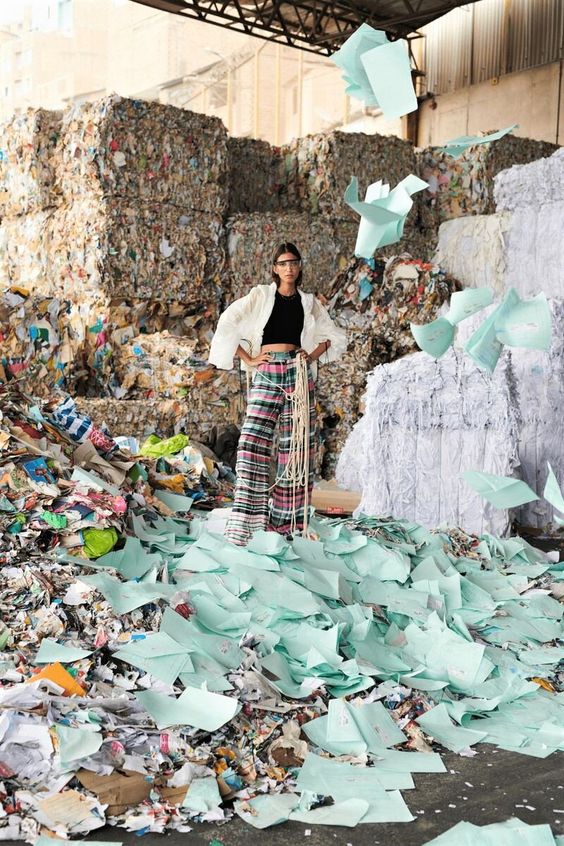
Jim Carrey once said “I wish everyone could become rich and famous, so they could realize it’s not the answer.” You may think that this is easy for a rich person to say, but the truth is, humans are wired to become dissatisfied. It’s an addiction. We have been encouraging such behavior through our technology and information. Whether it is from a fashion influencer you see on Instagram or an advertisement you see in the shopping mall or your favorite celebrity on TV, everywhere we go, we see things that influence our behavior. Advertising and marketing have positioned us in a status system, and have created an illusion of what our lives should look like. By using other people’s lives to imagine our own lives, they make us believe that we really do need all these things in order to be happy.
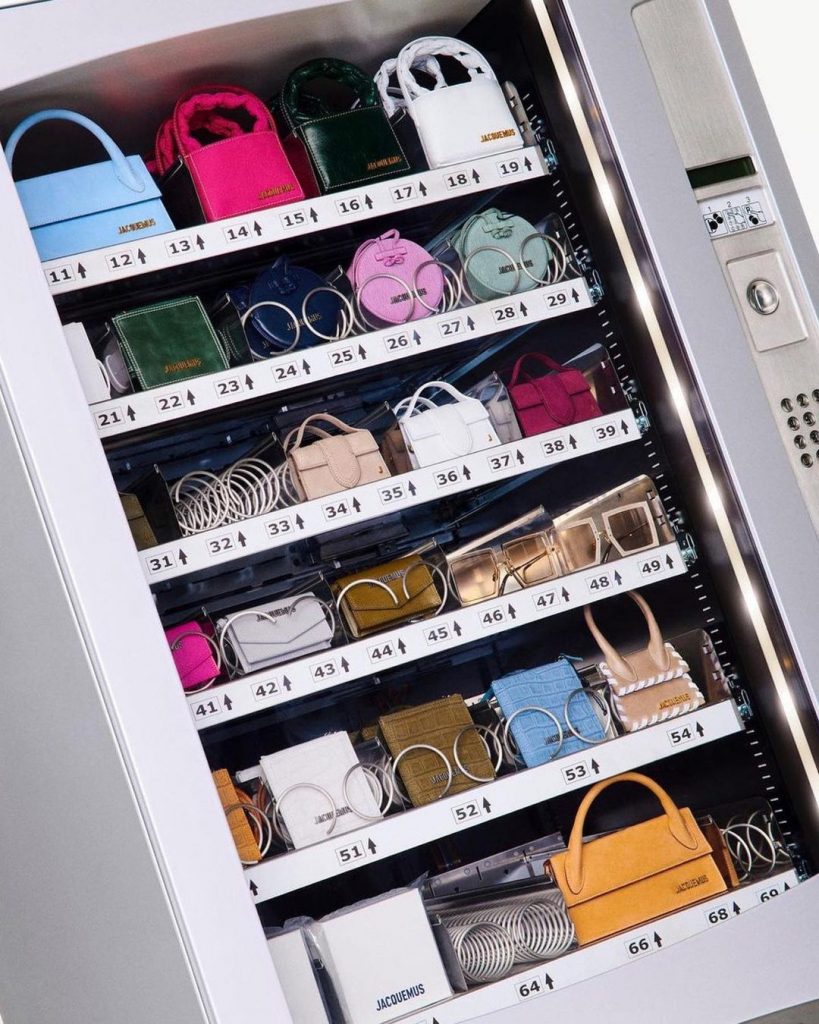
We are too materialistic as a society, everyone is constantly looking for meaning in their lives, but many of us are attempting to buy our way towards happiness, filling the gaping void inside of us with clothes and consumer purchases. It is a biological-based delusion and craving in which even when we have good life standards, we still long for more.
In the era of fast fashion, in which clothes are made in sweatshops, we are not really paying attention to the true labor and ecological costs of resources. Fast fashion has driven the price of apparel down so much that we see used apparel as being worthless, and the social value of each item becomes the determining factor of our fashion throwaways. We are in a world where material goods are only important for their symbolic meanings. We don’t acknowledge the fact that a true materialist should be someone who really cares about the materiality of the goods.
Is that starting to ring an alarm bell in your conscience yet?
Fashion minimalism: A life with less is a life with more.
You think that more clothing will boost your status and give you security and happiness in society. The problem is, we don’t have control over how much we want, but we do have control over how much we buy. By buying less you will automatically stretch what you have. If you make all the clothing that you own, then there will be less frustration when it comes to selecting your wardrobe. It is not so much about the gains as it is about the freedom.
Imagine a life with less — less stuff, less clothes, less clutter, less stress and discontent, and therefore fewer distractions. A life with less is a life with more — more time, more growth, more contentment and contribution.
Declutter your closet.
Talking about it won’t solve anything, we all need to start somewhere. Are you ready to find the alternative to the immense amount of dissatisfaction from trying to live that shopaholic life? The first step is to let go.
We know that your closet could seem overwhelming, which is why we need to reorganize it into something more minimal. Starting by pulling out everything from your closet and sorting through them with a few determinant factors:
- Sort out your “favorite” pile — Ask yourself whether you already have a similar styled outfit. If yes, pick your favorite one, and get rid of the rest.
- Sort out your seasonal “must needs” — Pick out your seasonal must needs such as your summer beach wear and winter jacket. This will help you find out how much extra stuff you probably won’t need for the season.
- Sort out your “goodbye” pile – This pile of clothes are the ones you no longer wear or are interested in. Set them aside to donate, resell, recycle or trash.
- Sort out your “maybe” pile – This pile of clothes are the ones that are still in good condition, the ones you think you need or used to love but do not always wear. Compare them to your “favorite” pile of clothes and your “no” pile of clothes to determine how much value the pieces will have if it stays with you, then decide whether you are going to keep, sell, donate or recycle.

Aside from sorting through the piles, you are also encouraged to try out some fashion minimalism experiments and challenges. There have been a few minimalistic fashion experiments, the most well-known being Project 333, which was started by Courtney Carver of Be More with Less. How the project works is that you choose 33 items that you need for the next 3 months. This is a great way to help you figure out what you need or don’t need in your more minimal wardrobe.

Turn your closet into "clossets" (aka clothing assets).
There are always more options than what you thought you had. The clothing you are getting rid of do not necessarily have to be your financial loss, instead, they can be turned into your ultimate assets. ÀLA.HAUSSE encourages you to join our multi-purposeful fashion ecosystem and #WEARYOURPURPOSE, a mobile application where fashion lovers like you, can sell your unwanted clothing, buy your needed clothing, and rent or lend your temporary cravings. From up-cycling your personal closet, we indirectly create a consumerism habit shift and slow down the urgency on the fashion carbon footprint, aiding sustainability, as well as helping you become more of a minimalist.
Minimalism aims to save the world with one less item at a time. Now is the era for fashion minimalism.
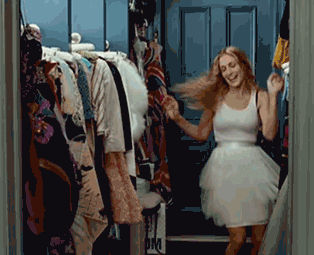
Fashion minimalism is about living deliberately. This means with every choice you make, every relationship you hold, every item you buy, always ask yourself: Will this be adding any value to me? Am I being deliberate with this decision? If the answer is no, you should let go. The key is to understand that piling up material goods cannot fill the emptiness in our lives.
In order to achieve the environmental gains that we are hoping for, we cannot expect our closet or even our lives to be the same. If the possession no longer serves you purpose nor brings you joy, cut the excess stuff because we really don’t need them. When you start letting go, you will find yourself freer and happier.
US #HAUSSEPEOPLE hope this blog will inspire you to curb your appetite for wanting more. Instead, focus on what is truly valuable and meaningful to you; don’t stop practicing your mindful consumerism. Remember, you are one of the seeds of change towards our brighter future. Can you hear it calling you? What change will you grow?
Via ÀLA.HAUSSE‘s Multi-functional and Multi-purposeful Fashion Ecosystem- BUY/SELL/RENT/LEND/ (swap BETA 2021) mobile application, INDIVIDUALS & brands ( BETA 2021) are encouraged to REBUY, RESELL, REUSE and UP-CYCLE their personal “Clossets” aka Clothing Assets, along with overstock inventory and samples. Through this consumerism habit shift we indirectly slow down the urgency on fashion’s carbon footprint, aiding sustainability as a whole.
BETA Early Access Application Now Opens SS21 iOS Android
with Stories on www.alahausse.ca
#ALAHAUSSE #WEARYOURPURPOSE #HAUSSEPEOPLE
References:
- https://nosidebar.com/minimalist-fashion/
- https://www.thegoodtrade.com/features/how-to-build-a-minimalist-wardrobe
- https://livingonthecheap.com/how-to-start-a-minimalist-wardrobe/
- https://www.whowhatwear.com/how-to-capsule-wardrobe
- https://medium.com/s/notes-on-changing-your-life/how-to-be-a-style-loving-minimalist-75e9dc1ad3c2
